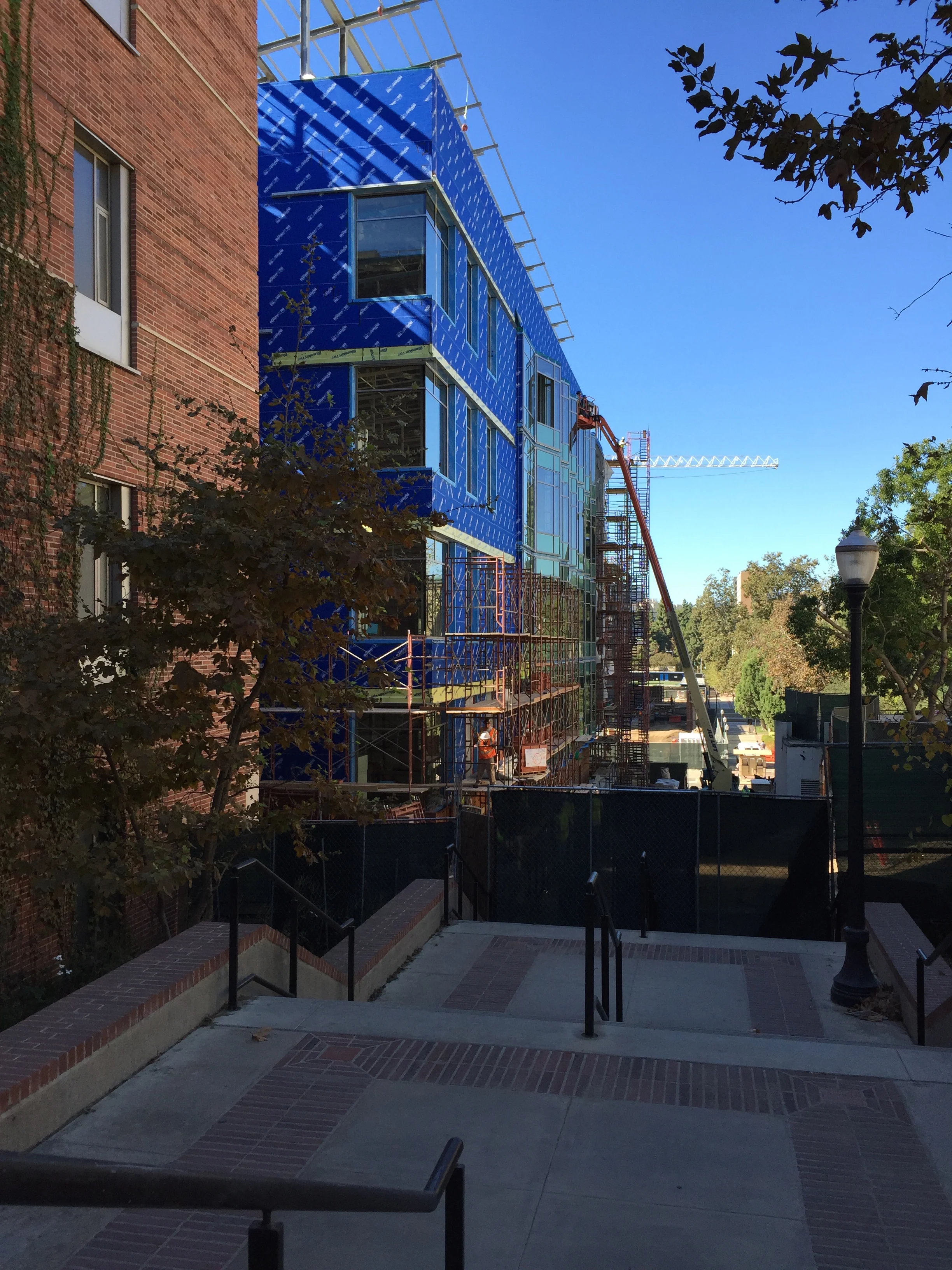NHR3 in CEC Annual Report
/In its 2021 Annual Report, the California Energy Commission (CEC) highlights the UCLA Natural Hazards Risk and Resiliency Research Center (NHR3) research project on Seismic Risk Analysis of Natural Gas Infrastructure.
As the CEC Annual Report (CEC-500-2021-047) stated: California’s seismic hazard is one of the highest in the world and is a challenge for the state’s distributed natural gas infrastructure. Any moderate-to-major earthquake in the state may affect the gas infrastructure in terms of safety and functionality of the system. To address this, NHR3 at the University of California, Los Angeles (UCLA) is working to quantify the risk of damage to the natural gas infrastructure from moderate and severe earthquakes in the state and provide an interactive computer tool to the stakeholders for the planning and mitigation of seismic risk.
Building upon the risk assessment model developed by DNV GL, USA, Inc., the project carries out hundreds of thousands of simulations that cover wide variations in the characteristics of earthquakes and natural gas pipelines throughout California. The project is coordinated through the UCLA NHR3, and involves California Institute of Technology, University of Southern California, and University of Texas. To ensure the practicality of the final product, in addition to academic researchers, numerous practicing professionals with decades of experience in natural gas transmission are also involved. Other ongoing initiatives at UCLA, such as those investigating liquefaction resulting from earthquakes, have also contributed to this project.
“This multidisciplinary and impactful research project is supported by CEC, Pacific Gas & Electric Company, and Southern California Gas Company,” said Prof. Yousef Bozorgnia, the Principal Investigator of the project and NHR3 Director. “The research project is aligned with multiple other infrastructure research projects we have at the Garrick Risk Institute at UCLA,” said Prof. Ali Mosleh, the Director of the Garrick Institute for the Risk Sciences.
More information about the project can be found HERE.






